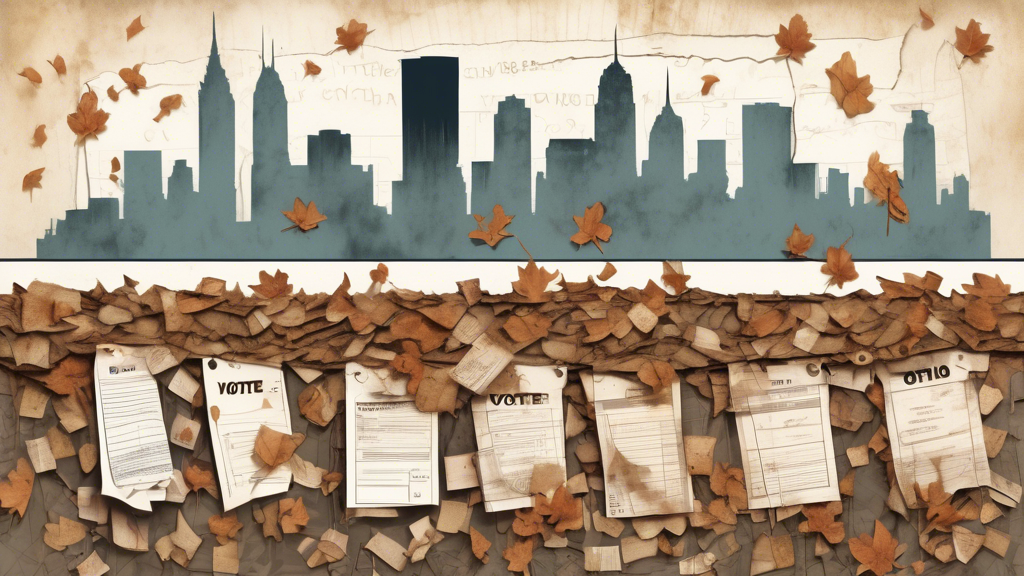
Ohio Voter Rolls Have Deteriorated Further
As the November 2024 election approaches, Ohio has made headlines with the recent removal of 155,000 inactive and outdated voter registrations from its rolls. This move, initiated by Ohio’s Secretary of State, Frank LaRose, has sparked significant debate about voter rights, accuracy in registration, and the implications of purging voter lists.
Understanding the Voter Roll Purge
The recent purge in Ohio highlights ongoing efforts to maintain what officials argue is the integrity of the state’s voter rolls. Targeting individuals who have either relocated or have not participated in elections for four consecutive years, this purge aims to ensure that registrations align with information from the Bureau of Motor Vehicles and other identification sources.
Criteria for Purging Voter Rolls
The criteria set forth by the state include:
- Individuals who have moved and are no longer eligible at their previous addresses.
- Registrations of individuals who have not engaged in the voting process for the last four years.
- Inconsistencies in registration details as compared to state identification databases.
The Controversy Surrounding Voter Purges
The practice of purging voter rolls remains deeply controversial in Ohio and beyond. Proponents argue that it prevents voter fraud and maintains accurate electoral rolls. However, critics counter that this approach can result in voter suppression, particularly affecting minority voters and marginalized communities who may be disproportionately purged.
Legal Challenges and Responses
Ohio’s voter purge practices have previously faced legal scrutiny, notably from organizations like the American Civil Liberties Union (ACLU) and Demos, which contended that the state’s process violates the National Voter Registration Act of 1993. Despite these challenges, a federal judge ruled in favor of Secretary LaRose, a decision that has been appealed by those advocating for more robust voting rights protections.
Impact on Ohio’s Voters
The consequences of these purges on individual voters can be severe. Personal accounts, such as that of Larry Harmon, reveal the potential for eligible voters being turned away at polling stations, despite no changes in their residency or registration status. Such incidents underscore the confusion and disenfranchisement that can arise from aggressive voter roll maintenance.
A Broader Context: Voting Rights in America
This issue forms part of a larger conversation about voting rights and election administration within the United States. It raises critical questions about access, equity, and the integrity of the democratic process. With communities of color and other marginalized groups often at the forefront of these discussions, the balancing act between maintaining secure voter rolls and ensuring equitable access to the ballot remains contentious.
Conclusion
As Ohio moves forward in its electoral preparations, the fallout from its recent voter roll purge continues to resonate. The implications of such actions not only affect the upcoming elections but also reflect broader national debates about voting rights, access, and the evolving landscape of American democracy.
